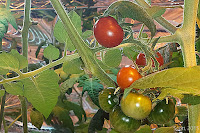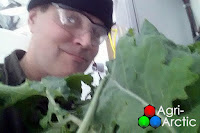Produce Talks, brought to you by the Canadian Produce Marketing Association (CPMA), is where industry leaders come together to share insights, experiences, and fresh perspectives on the world of produce. Each episode features in-depth conversations with growers, retailers, innovators, and experts across the supply chain, exploring the issues, opportunities, and stories shaping our sector. Whether you’re in the field, the warehouse, the store, or the boardroom, Produce Talks helps you stay informed, inspired, and connected to the future of fresh.
- Home
- Top Charts
- Top Networks
- Top Apps
- Top Independents
- Top Podfluencers
- Top Picks
- Top Business Podcasts
- Top True Crime Podcasts
- Top Finance Podcasts
- Top Comedy Podcasts
- Top Music Podcasts
- Top Womens Podcasts
- Top Kids Podcasts
- Top Sports Podcasts
- Top News Podcasts
- Top Tech Podcasts
- Top Crypto Podcasts
- Top Entrepreneurial Podcasts
- Top Fantasy Sports Podcasts
- Top Political Podcasts
- Top Science Podcasts
- Top Self Help Podcasts
- Top Sports Betting Podcasts
- Top Stocks Podcasts
- Podcast News
- About Us
- Podcast Advertising
- Contact

 Our TOPPODCAST Picks
Our TOPPODCAST Picks  Stay Connected
Stay Connected















